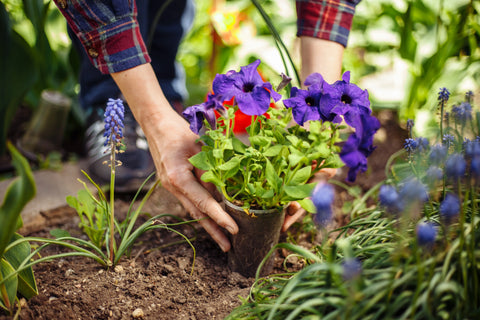When to Fertilize Houseplants?
Houseplants droop when they need water. Their leaves become light in color and long when they don’t get enough sunlight. When the air is too dry, they feel crunchy; when it’s too moist, they might start to rot. However, figuring out when your houseplants need fertilizer is much harder. Your plant doesn’t give a clear sign that says, “Hey, it’s time to feed me!” ", except for they may grow slowly or show no growth at all, which many houseplant owners hardly notice.
Instead of passively waiting for a signal from the plant, you can proactively use the houseplant fertilizer according to its growing cycle. Fertilizing houseplants sounds like a chore, but for real plant lovers, it's a very crucial point in maintaining plants healthy and strong. When the season of growth starts, many houseplant owners want to learn how to accurately fertilize their plants. It may seem a bit more complicated, but fertilizing is generally an easy, yet important, task for anyone who wants to keep their indoor plants looking nice.








